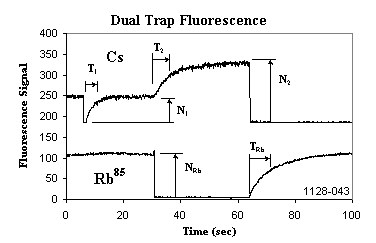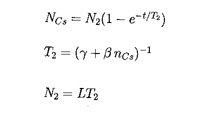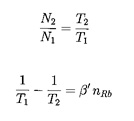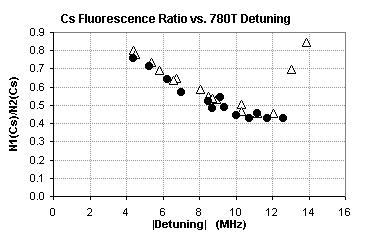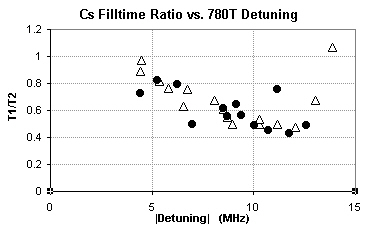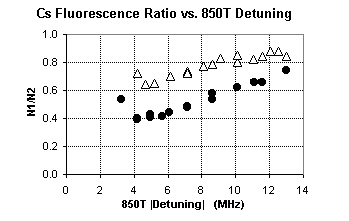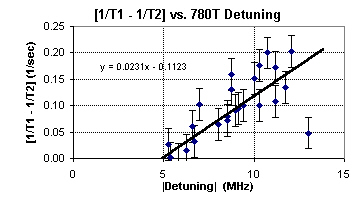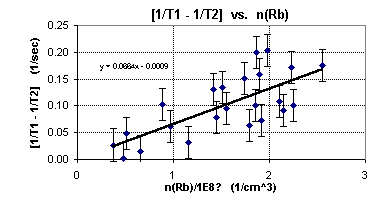Department of Physics, Bates College
Lewiston, ME 04240
Abstract
| We observe a strong interaction between the overlapping atom clouds in a dual- species magneto-optical trapping apparatus. Our experiments utilize diode lasers for both Rb and Cs, creating the traps in a compact octagonal vapor cell. The number of trapped Cs atoms and the Cs trap filltime increase by as much as a factor of three when the Rb trap is turned off. We present the results of experiments, for both rubidium isotopes, that investigate interspecies collisional loss rates at various trap laser detunings. |

The Vapor Cell
